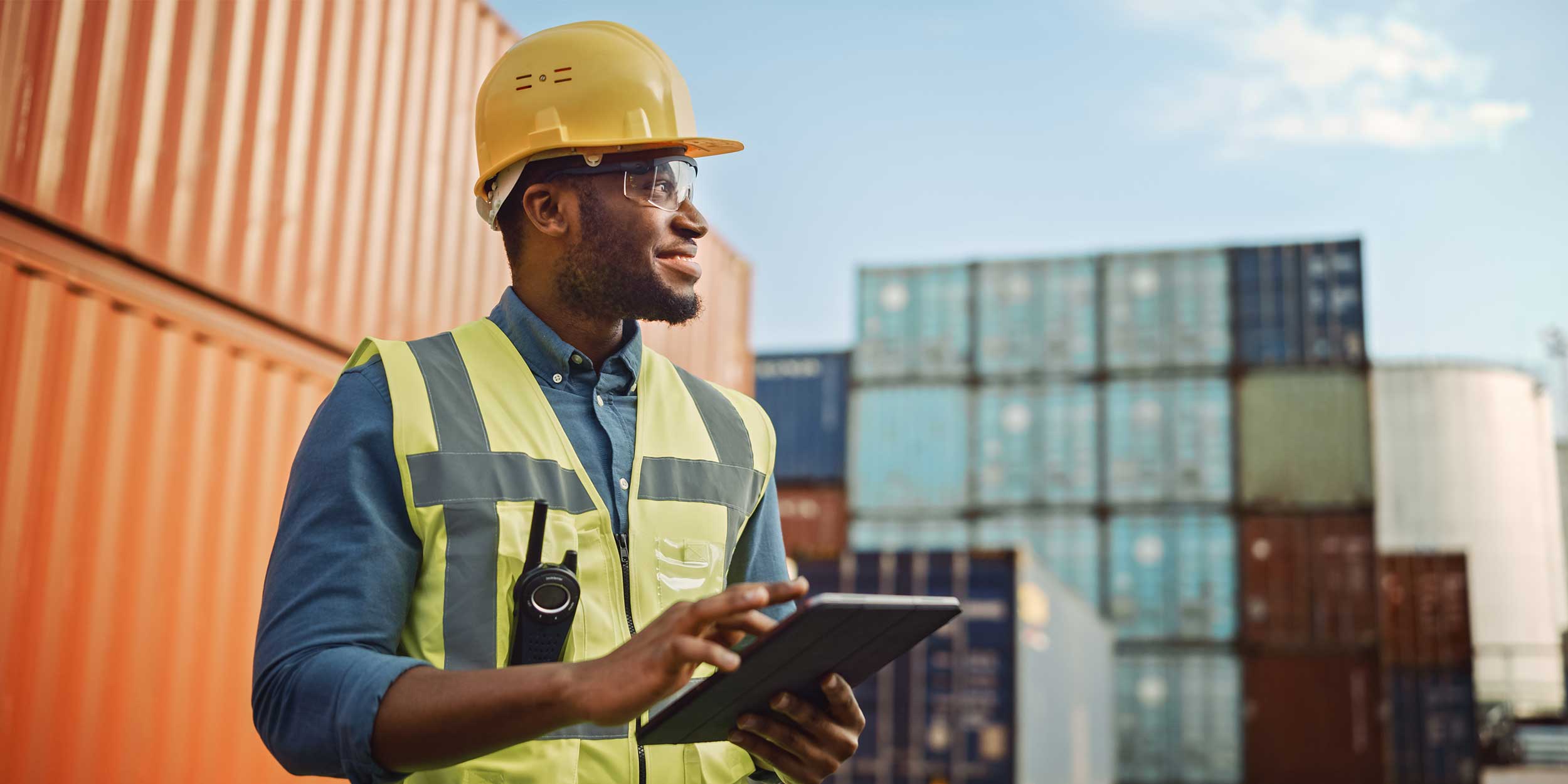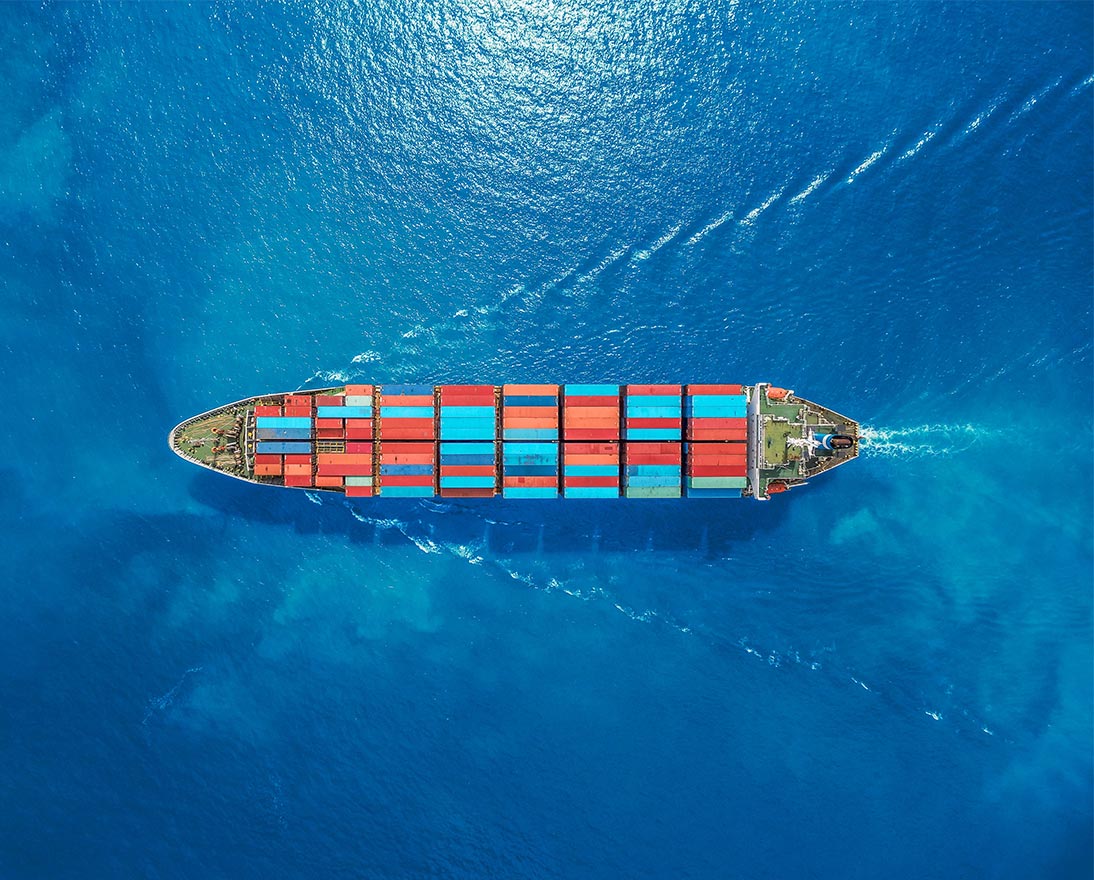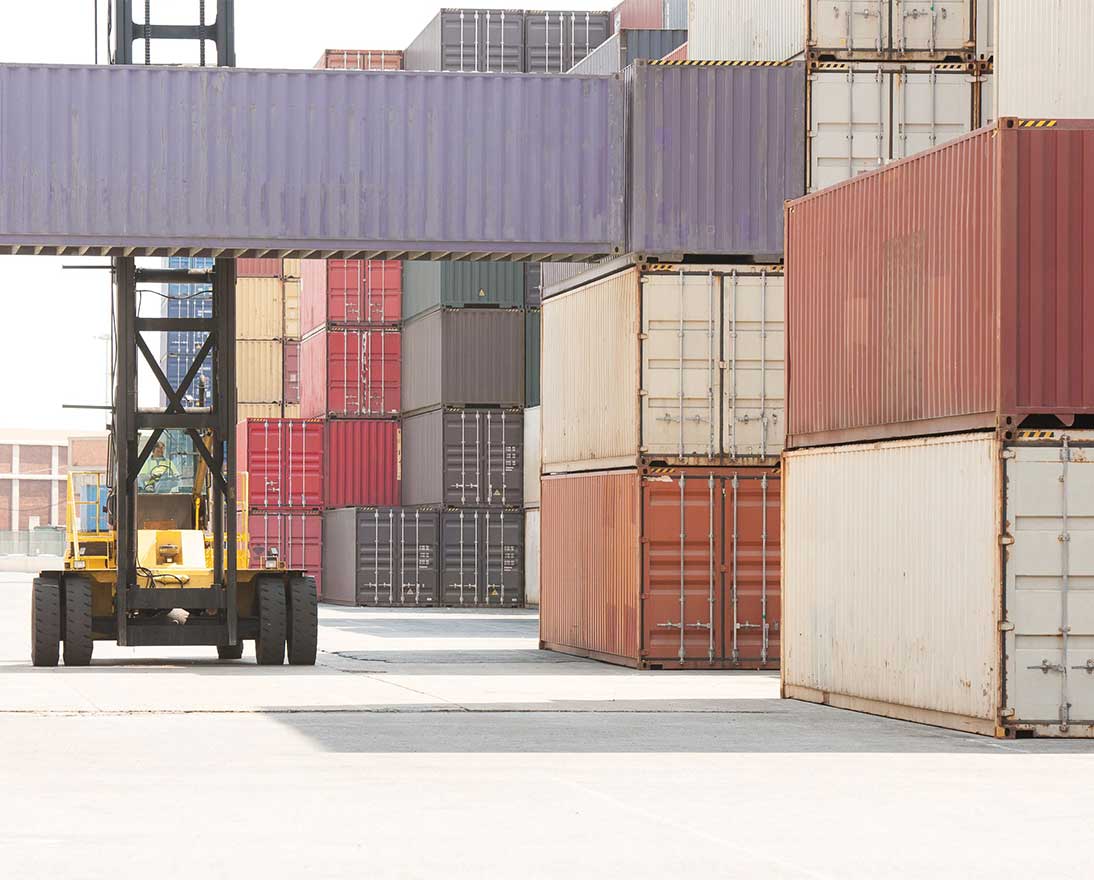Supply chain risk focus turns to political and economic instability
Supply ChainArticleAugust 2, 20225 min read
Supply chains face heightened risks from growing political and economic volatility, according to Howard Kingston and Björn Hartong
Global supply chains have experienced a perfect storm during the past two years. Fragile even before the pandemic, Covid-19 caused a huge surge in demand at a time of constrained supply. The effects were then compounded by other unrelated events, including the grounding of the mega containership Ever Given in the Suez Canal, the Texas Big Freeze and record-breaking floods in Germany, and now the crisis in Ukraine.
The result has been widespread shortages, as well as delays and higher costs for shipping. US-China container shipping times at the start of the year were almost double pre-pandemic levels, while some freight costs are still 400% higher, according to Freightos. Ports in the US, Europe and Asia remain congested, warehouse space is in short supply, while rail freight and trucking are backlogged. Analysis by the Royal Bank of Canada found that one-fifth of the global container ship fleet is stuck at various major ports.
Heightened political risk for cargo
The political and economic effects of the pandemic, combined with the crisis in Ukraine, are likely to reverberate through global supply chains for some time. High energy and food prices, in particular, will fuel growing civil unrest and rising crime, while simmering geopolitical tensions could further disrupt trade and logistics. According to Verisk Maplecroft, over half of the world has experienced an increase in civil unrest risk since the onset of the pandemic, largely due to rising living costs.
When considering geopolitical instability, we typically think of physical loss or damage directly caused by war, civil war, strikes, riots and civil commotions. However, the impact of geopolitical instability goes beyond ‘direct’ perils, and can include cyberattacks, trade sanctions, expropriation or seizure. Higher levels of poverty and the increased cost of living can also have wide-ranging consequences, including a heightened risk of crime, strikes and civil unrest.
The rising cost of living, coupled with a potential economic downturn, could reignite unrest in the US and Europe. Emerging markets, weakened by Covid-19, face a period of instability from high energy and food prices, as well as an emerging debt crisis. These factors are expected to push some 75 million people into extreme poverty by the end of this year, according to the World Bank. Fuel and food shortages have already sparked civil unrest and strikes in Sri Lanka, while middle-income countries like Brazil and Egypt are likely to be among the hardest hit.
Increased risk of theft and damage
Cargo damage and theft typically increase during periods of economic stress and political instability. Riots, protests or civil commotions can result in public disorder, with damage and theft from warehouses and trucks. Riots in the South African provinces of KwaZulu-Natal and Gauteng in 2021, for example, led to widespread looting of hundreds of shopping centers, factories and warehouses, causing some $1.7bn in damage.
Problems can be exacerbated by shortages of labour or failure of infrastructure or utilities during periods of instability. Supply chain logistics are reliant on workers for security, loading and delivery services. Yet these workers, who are particularly vulnerable to the increased cost of living, are currently in short supply in many developed economies, or could be displaced by war or conflict.
Building reliable supply chains
Over recent decades, a complex network of global supply chains – from semiconductors to food - has been built for speed and efficiency. However, Covid-19 and the crisis in Ukraine has shown that modern supply chains only work well in times of peace and periods of unfettered international trade. In light of these challenges, many companies are now rethinking their business models and supply chains, with a focus on resilience and reliability.
However, changes to supply chains and logistics, which may have been unaltered for many years, can bring unexpected risks. For example, a new transit route could expose cargo to different natural hazards or security risks, or result in the use of unfamiliar ports and freight forwarders, or inexperienced personnel. And with warehouse space in high demand, there are questions about the risk quality of storage in areas like security, fire prevention and flood protection.
Expanded role for risk managers
With the drive to build more resilient businesses, risk managers are being called upon to assess supply chain risks and advise on loss prevention and mitigation. For a good place to start, sit down internally and work with colleagues to understand your company’s supply chain and identify critical exposures. Risk managers should also seek to understand how their company’s supply chain strategy is evolving and how they can add a risk management perspective as it develops.
While some companies are looking to bring production closer to home, many continue to have high concentrations of risk in too few suppliers or modes of transport, or that are focused on a single country or region. In order to build more resilient supply chains, companies need to increase diversification throughout the supply chain, including geographically.
Insurers and brokers are also able to assist risk managers and companies as they adapt their supply chains and reduce exposures to political and economic instability. By working with an insurer, risk managers can mitigate many potential losses from political and economic instability, and help keep supply chains running smoothly.
Originally published on Commercial Risk GRM Journal on July 26, 2022


